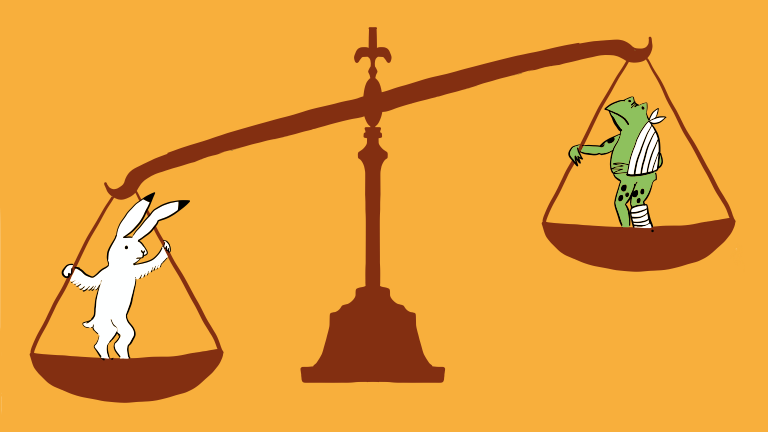
If you get injured in a traffic accident in Japan, and someone else is to blame for your injury, you deserve compensation for your damages. If you are partially negligent in the accident, the total compensation to you is reduced in proportion to your Percentage of Negligence. If your damage costs JPY10,000,000 and your percentage of negligence is 30%, you only deserve getting JPY7,000,000. Since the amount of compensation is always according to the Percentage of Negligence, it is one of the biggest issues between at-fault parties and victims. In this article, we take a closer look at the Percentage of Negligence.
What is the "Percentage of Negligence"?
In a car accident case, the responsibility for the accident is based on the Percentage of Negligence of both parties. Usually, a car accident is not by one negligent person, but some other people including a victim is also negligent. In this case, an at-fault driver doesn’t have to compensate for all the damages of the victim but has to pay for it in proportion to the Percentage of Negligence. According to the Japanese Civil Law Act. 722 (2), the Percentage of Negligence means a percentage of responsibility for the accident.
The standard for Designation of Percentage of Negligence
The Percentage of Negligence is not sensuously determined by both an at-fault driver and victim. There is an official standard for designation based on past legal precedents. The standard is available in some books, for example, "Calculation standard of compensation for traffic accident " published by Nichibenren Traffic Accident Consultation Center.
Insurance companies and judges refer to this standard. If you don't reach an agreement on the Percentage of Negligence with the other party, check the standard and it tells you the possibility of whether you win when going to court.
Some typical examples on the Percentage of Negligence is as follows:
(1) The collision between a pedestrian and a car in a crosswalk.
| Status | Percentage of the negligence of the pedestrian |
| A pedestrian using a crosswalk when a traffic light is green was hit by a car going through the crosswalk even when a traffic light is red. | 0% |
| A pedestrian using a crosswalk when a traffic light is yellow was hit by a car going through the crosswalk even when a traffic light is red. | 10% |
| A pedestrian using a crosswalk when a traffic light is red was hit by a car going through the crosswalk when a traffic light is green. | 70% |
(2) A rear-end collision in an intersection
| Accident Status | Percentage of Negligence |
| The car A going ahead when a traffic light was green and car B going ahead when a traffic light was red | A ---- 0 % B ----100% |
| The car A going ahead when a traffic light was yellow and car B going ahead when a traffic light was red | A ----20 % B ----80 % |
| The car A going ahead when a traffic light was red and car B going ahead when a traffic light was red | A ---- 50 % B ---- 0 % |
Note that these examples are just a simple version of the whole of the tables. The book contains various cases: 1) a pedestrian and vehicle; 2) a vehicle and vehicle; 3) a motorcycle and vehicle; 4)a bicycle and vehicle, and 5) accidents on the highway. It refers to the basic percentage of negligence depending on cases. It also refers to occasions we should increase or reduce the percentage of negligence.
How the percentage of negligence affects the amount of compensation
The concept of “Percentage of Negligence” is applied to any of the compensation occurring in a car accident. The following table is an example when the percentage of negligence of a victim is 20%.
| Damage | Compensation for an opposite party | Payment for their own damage | Sum of payment | |
| Victim | $10,000 | $5,000*0.2=$1,000 | $10,000*0.2=$2,000 | $3,000 |
| At-fault driver | $5,000 | $10,000*0,8=$8,000 | $5,000*0.8=$4,000 | $12,000 |
Difference $9,000
As you can see from the table, not only the victim but also the at-fault driver has damages in many cases. If the victim is negligent as well, he/she also has a responsibility to compensate for the damages of both of them. In the above-indicated case, the total cost the victim has to pay for damages is $3,000 while that of the at-fault driver is $12,000. So the at-fault driver has to pay the difference of $9,000 to the victim as compensation.